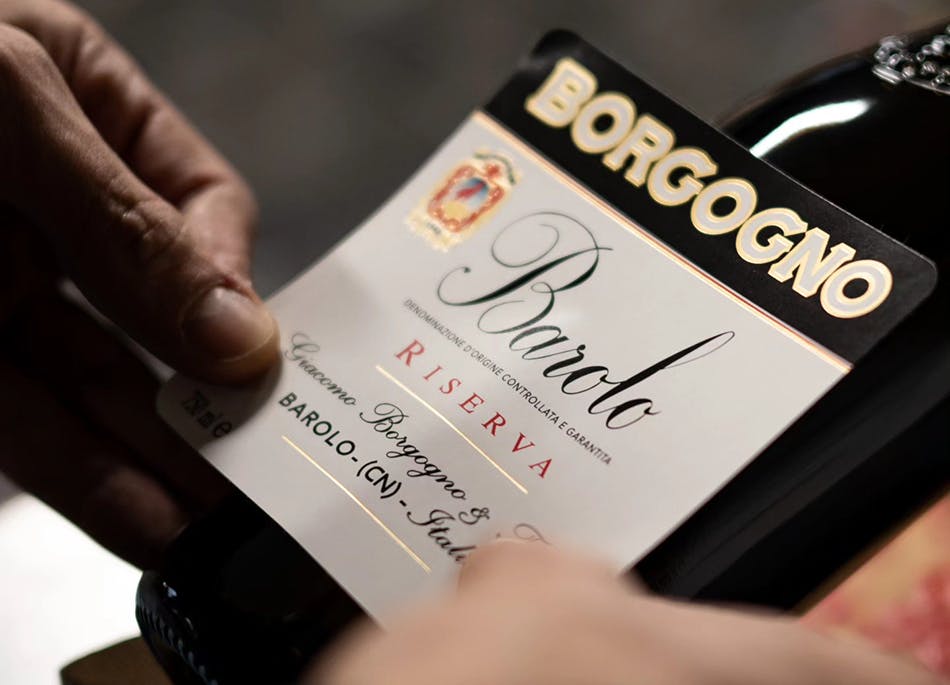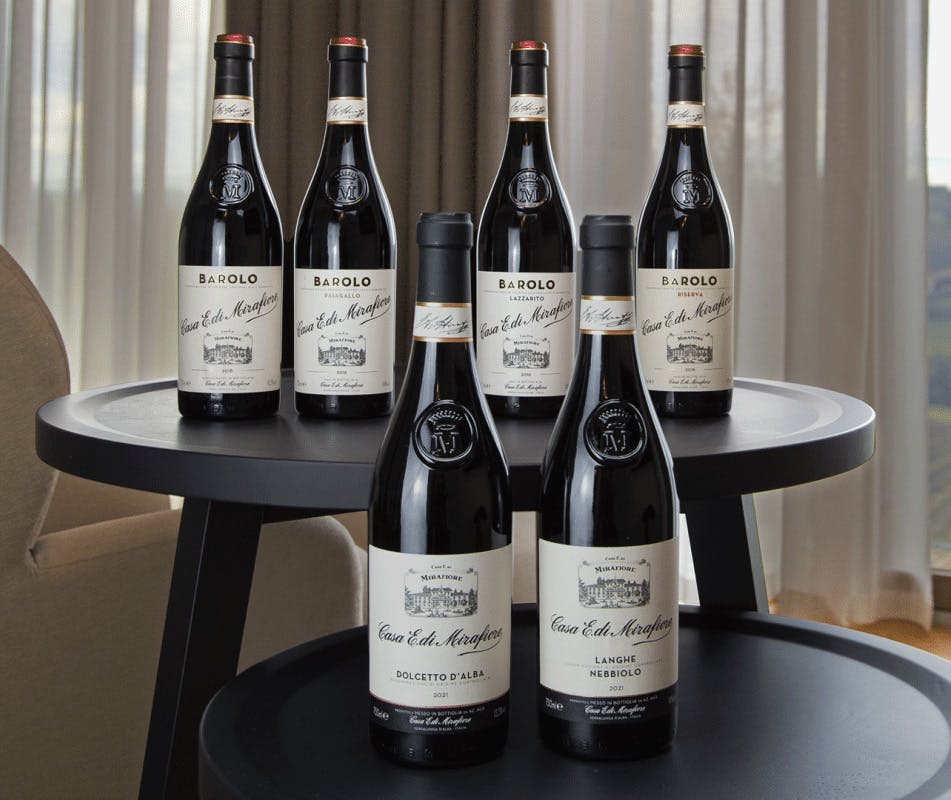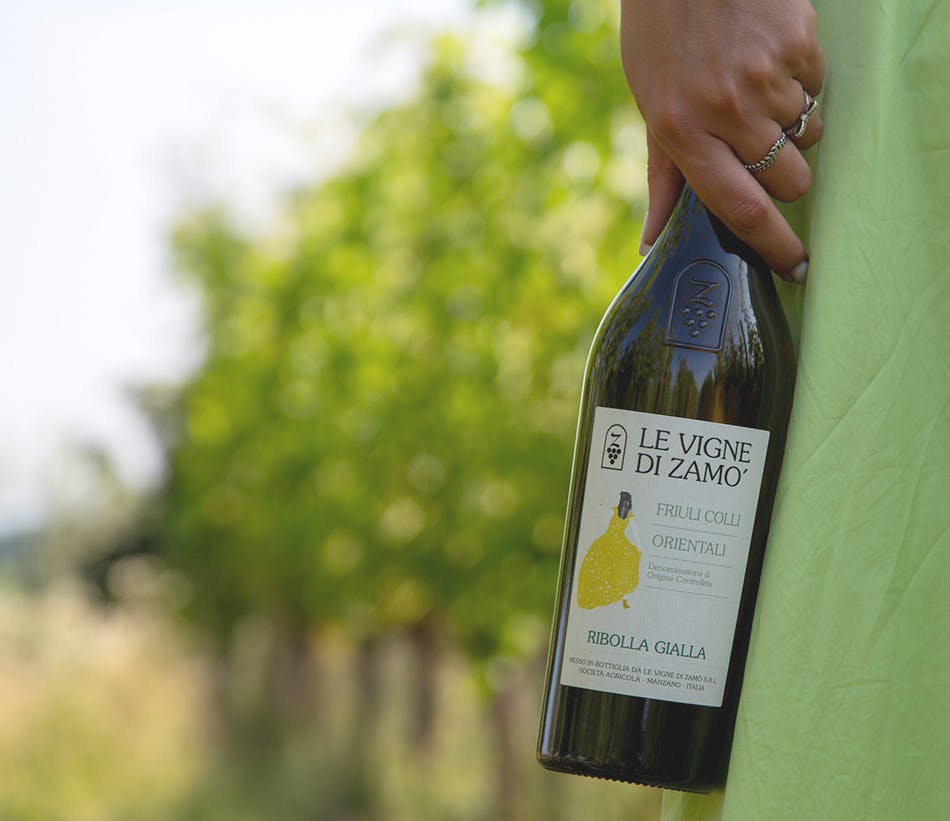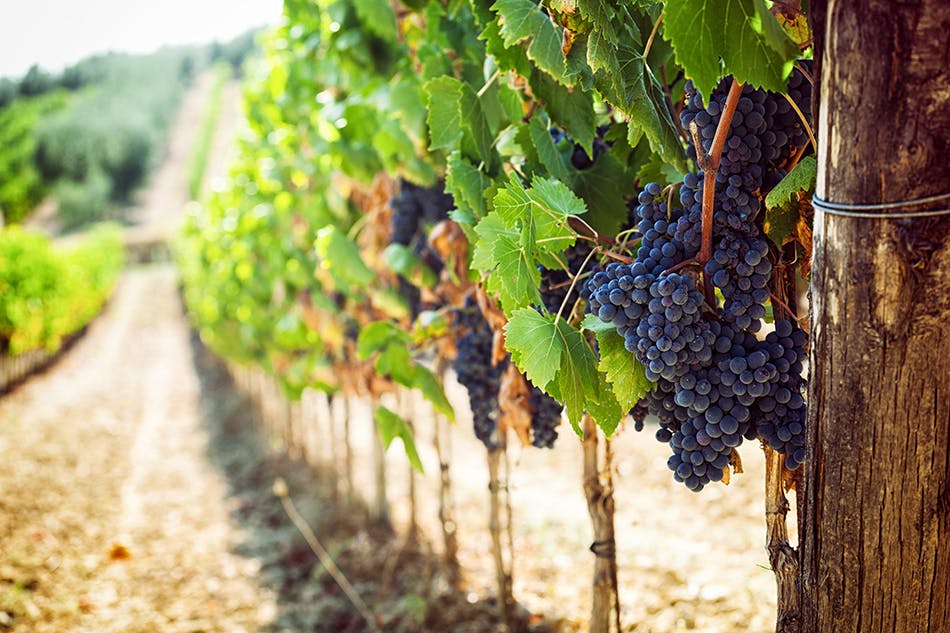In the wide world of wine, it can be hard to figure out where your favorite bottle comes from. 100VINI is here to change that. Their dedication to the international trade of fine Italian wines brings us closer than ever to the 19 legendary producers. Here are 5 of our favorite producers from their catalog:

FONTANAFREDDA
Born in 1858 from the love between King Vittorio Emanuele II of Italy and Rosa Vercellana, Fontanafredda has always been grounded in a respect for the land of Serralunga d'Alba in Langhe. They produce Barolo, one of the most powerful Nebbiolo styles that often have to age for years, if not decades, before they are even remotely approachable. Today, they have 120 hectares of organic crops and cover 5 different Cru of Barolo, making them the largest private producer in the appellation. Not only do they produce Barolo, but they also make stellar Barbaresco, Nebbiolo, Barbera, Dolcetto, Arneis, Gavi, Chardonnay, and Moscato, as well as Alta Langa Metodo Classico and Asti sparkling wines.
Organic farming is a core component of their production. They use no herbicides, pesticides, or synthetic fertilizers. After launching this initiative in 2015, they earned their organic certification in 2018. They are among the last producers to keep extensive woods in the Bassa Langa region, dedicating 12 hectares to this project. These woods help increase the plant and animal biodiversity on the land.
Their grapes are all harvested by hand when the sugars, tannins, and acidity are "in complete harmony." They use different fermentation techniques depending on the type of grape to best accentuate its unique characteristics. After aging in oak barrels, steel tanks, or concrete vessels, the wines are bottled and begin the process of eagerly waiting until their perfect moment.

BORGOGNO
Few wineries can trace their roots back multiple centuries, but Borgogno can. Founded in 1761 by Bartolomeo Borgogno, this winery is one of the oldest producing Barolo. These wines have been used to commemorate enormously historical moments, including the celebratory lunch for the Unification of Italy and a banquet of honor for a Russian Tsar. In 1971, a bottle of the 1886 vintage was sold at auction for a record of 530,000 lira — the highest figure ever reached for any Italian wine.
The Farinetti family acquired the winery in 2008 and firmly committed to strictly following traditions, including returning to using concrete, converting to organic farming in 2016, and renovating the historical cellars in Barolo. They maintain a "praise to slowness," that "being slow in one's actions means having the time to understand things better and do them the right way." This idea, coupled with using only organic fertilizers and eco-friendly treatments, gained their vineyards organic certification for the 2019 harvest. The estate covers 50.6 hectares, 8 of which are cultivated with woods to protect the biodiversity and 42.6 with vineyards that encompass five of the best Barolo cru's. They grow Nebbiolo, Barbera, Freisa, Timorasso, and Riesling, producing 225,000 bottles every year.
Their strong belief in upholding tradition continues into the winery, where they use no selected yeasts, enzymes, or mannoproteins. The fermentation practices have remained the same for decades, preserving the cultural heritage of the area. These decisions produce wines that are real and alive, and that differ from year to year in respect of the characteristics of each unique vintage.

CASA E. DI MIRAFIORE
Mirafiore has a unique history coming from both Counts and farmers. Emanuele Alberto Guerrieri, Count of Mirafiore, founded Casa E. Mirafiore with his estates in Barolo and Fontanafredda. He dedicated himself to not only his vineyards, but also to the community surrounding them, even constructing a village for his employees including farmhouses, cellars, stables, a church, and a recreational club for employees. His focus on producing quality wines, including investing in the first concrete barrels in Europe, turned into gain as the wines won the first gold medal at an oenological competition in Cologne, Germany.
The 1900s were rough for the brand, even leading to the name being forgotten by the market in the early 2000s. But, the turn of the century marked a rebirth: in 2008, Mirafiore returned home to the heart of the estate with a mission to produce its iconic Cru Barolos. Their focus on innovation is guided by the recovery of unconditional traditions of the past and the historical expression of the brand, best summed up as "Apparent Contrasts." In 2018, Casa e. di Mirafiore became an organic estate, reflecting the original philosophy promoted by Count Emanuele Alberto. In 2022, they obtained the Sustainable Winery certification from Equalitas, Vegan Product Certification, and the "Historic Brand" marker from the Italian government.
In collaboration with our own founder, Oscar Farinetti, the Mirafiore Foundation was started in 2010. This project was created with the aim of "awakening a critical spirit by promoting cultural growth in a pleasant and entertaining environment." Today, just as they did in the beginning, Mirafiore focuses on three varieties: Nebbiolo, Dolcetto, and Barbera. They aim to only produce high-quality production of these grapes, whether as red, white, or even sparkling wines.

LE VIGNE DI ZAMÒ
Located high in Friuli in northeastern Italy, Le Vigne di Zamò is a family-run winery guided by the philosophy that making wine is "a sign of civilization that allows us to strengthen our bond with the land, our origins, and our traditions." This relatively young winery was founded in 1978 when Tullio Zamò purchased 5 hectares of vineyards on the Rocca Bernada hill. In 1981, his sons Pierluigi and Silvano rented vineyards surrounding the Rosazzo Abbey and produced the first wines in barriques under a new brand "Abbazia di Rosazzo," including Ronco dei Roseti. Over the years, the father and sons trio continued to purchase hectares of vineyards, including the oldest and best-exposed vineyards of the Rosazzo hill and restored the old farmhouse. Their push for excellence even gained the Ronco dei Roseti a coveted Tre Bicchieri from Gambero Rosso for several years between 1988 and 2000. The family has continued to operate under the same philosophy, leading to their organic certification in 2021.
In 2023, Le Vigne di Zamò expanded their philosophy and created WEART, "a tale of poetry, femininity and wine that, through colorful illustrations by Elisa Talentino, expresses the richness of our winemaking universe..." Each bottle label features a woman whose dress, pose, and color palette reflect the unique characteristics of each wine, whether it's the grape, the soil, or the landscape from which it's made.
Le Vigne di Zamò produces a wide range of wine styles, from whites and reds to even sweet wines. They grow a mix of local and international varietals, including Cabernet, Merlot, Chardonnay, Sauvignon Blanc, Schioppettino, Friulano, Ribolla Gialla, and more. Their sweet Picolit is made after the grapes are dried for 3 months, creating an almost nectar-like must that will ferment in barriques before aging for 5 years.

COLOMBAIO DI CENCIO
Tuscany has long been recognized for outstanding wines since the ancient Greeks brought over vines in the middle of the 8th century. In 1872, Baron Bettino Ricasoli established the official formula for Chianti Classico, thereby locking in Sangiovese, Canaioli, and Malvasia as the only grapes allowed for achieving the DOC (Denominazione di Origine Controllata) certification. These regulations constrained some Tuscan producers, who could see that the stony soils of the region were potentially better suited for international varieties like Cabernet Sauvignon and Cabernet Franc. These "out of regulation" wines would eventually become known as Super Tuscans.
In 1993, German businessman Werner Ernest Wilhelm fell in love with the natural beauty of Gaiole in Chianti and transformed a historical country house into a cellar. Colombaio di Cencio would become an icon for both Chianti Classico and its famed Super Tuscan, "Il Futuro," which has even gained Tre Bicchieri from Gambero Rosso several times. The farmhouse is now available for guests to stay at while surrounded by the woods and vineyards of Chianti.
In 2018, the estate was purchased by aforementioned Fontanafredda, which saw Colombaio di Cencio as the ideal place to develop a new project. Today, the winery produces a range of styles, including both reds and whites, and grows both local and international varieties, including Sangiovese, Malvasia, Trebbiano, Cabernet Sauvignon, Merlot, Cabernet Franc, Chardonnay, Sauvignon Blanc, and Pinot Bianco. Their collection of Chianti Classico is all uniquely 100% Sangiovese but made in a very classic style.

Excited to learn more? Stop by one of our locations to taste some of the wines through 100VINI, or order online from Eataly Vino to find your favorites!
